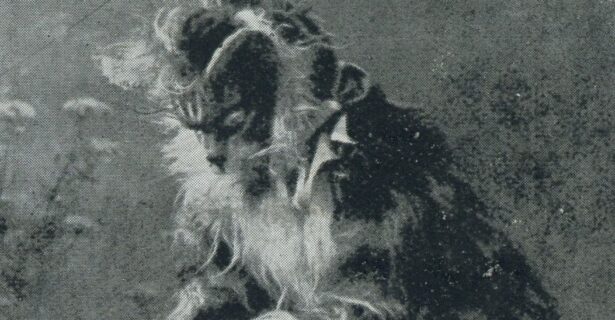Karen Turnbull discusses her recent project at the Theatre Royal Nottingham and highlights the importance of volunteers within archives.
I first got involved with the archive through a donation of theatre programmes. My great uncle was a theatre lover and collected many of the programmes from the shows that he had seen. During the first lockdown he sadly passed away and my family were unsure of what to do with his sizeable collection of programmes. With my existing interest in theatre and plenty of free time (schools closed and A level exams cancelled), I offered to sort through them.
I often felt quite detached from the history being taught in school which seemed to focus on dates and statistics and so, at the time, I would not say that I was interested in history and did not know much at all about archives. But going through the collection of programmes I got to see the types of shows that were on, who the stars of the shows were and even what was being advertised at the time and this gave me an insight into the history of the 20th century that I felt connected to.
My family decided to donate my great uncle’s collection of programmes to the Theatre Royal and Royal Concert Hall Heritage archive and with my new-found interest in theatre archives I started volunteering with them too.
I began by transcribing interviews that are included in the online archive. I then started on a new project alongside another volunteer, putting together ideas for potential displays in the Theatre Royal and Royal Concert Hall made up of archive materials. We began searching through the online archive, getting familiar with the vast collection of materials. We considered how different materials could be grouped and different themes that emerged. The first display we were focussing on was to go in the Theatre Royal restaurant where there was already a selection of playbills on display. These became a starting point for considering other materials we could display in the space. It was also important to consider the use of the space as a restaurant and understand how this would affect how people would interact with the display. For example, because of the layout of the space, people would be unlikely to walk around and look closely at every item on display but may be sat close to parts of the display and engage more closely with those areas. Therefore we needed to make sure that the entire display felt cohesive but also that the individual parts would be engaging individually.
As the display was to be positioned within a restaurant rather than a museum we prioritised the space being visually interesting over providing lots of information about the history of the theatres so that people would not feel overwhelmed with information. Instead the materials on display could be used to spark interest in the history of these spaces and to guide people to the online archive so that they can further explore the history themselves. I considered what it was about my great uncle’s collection of programmes that sparked my interest and how we could create that same effect in the display. Ultimately it was understanding all of the people who were a part of these theatre shows, whether as performers, crew or audience members.
There was one particular group of materials that provided a wonderful insight into the people who had previously worked in the theatre: a collection of postcards collected by the Stage Door Keeper who had worked at the Theatre Royal at the beginning of the 20th century. The postcards were produced as publicity materials for the shows and many of the postcards that Bernard Hill (the Stage Door Keeper) collected are signed by the performers too. They provide an insight into the lives of the actors and the roles they played, but also provide an insight into the relationships between performers and audiences and between performers and the other people working in the theatre. This is especially present in postcards where the actor has written a message addressed to Bernard; on a postcard from the Theatre Royal’s 1914 pantomime Little Blue Boy the performer pictured on the postcard (Stanley Liston) addresses a message to Bernard on the postcard writing “To Bernard with all good luck & the best of wishes from yours always Stanley Liston”. This shows the connections formed between people within the theatre and provides an insight into a relationship that exists within theatres that is rarely seen.
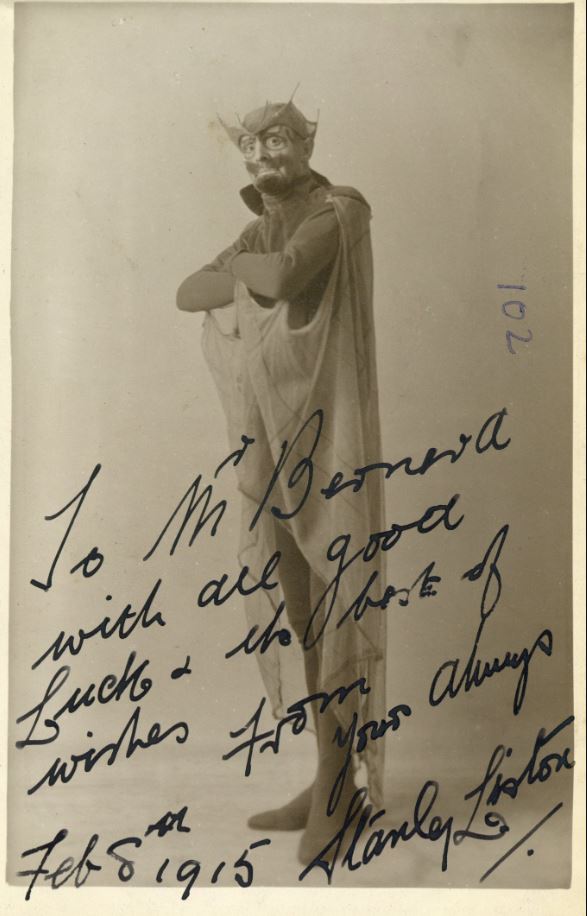
As the postcards were produced as promotional materials for the shows, they often feature the actors wearing the costume of the character they were playing in the show. A brilliant example of this is a postcard showing Johnny Fuller (‘The Great Little Cat’) who was in the Theatre Royal’s 1906 pantomime Dick Whittington. As well as providing an insight into the costumes being used at the time, it is interesting to consider how these promotional materials play a part in maintaining the illusion of the characters they were playing allowing audiences to see a division between actor and character.
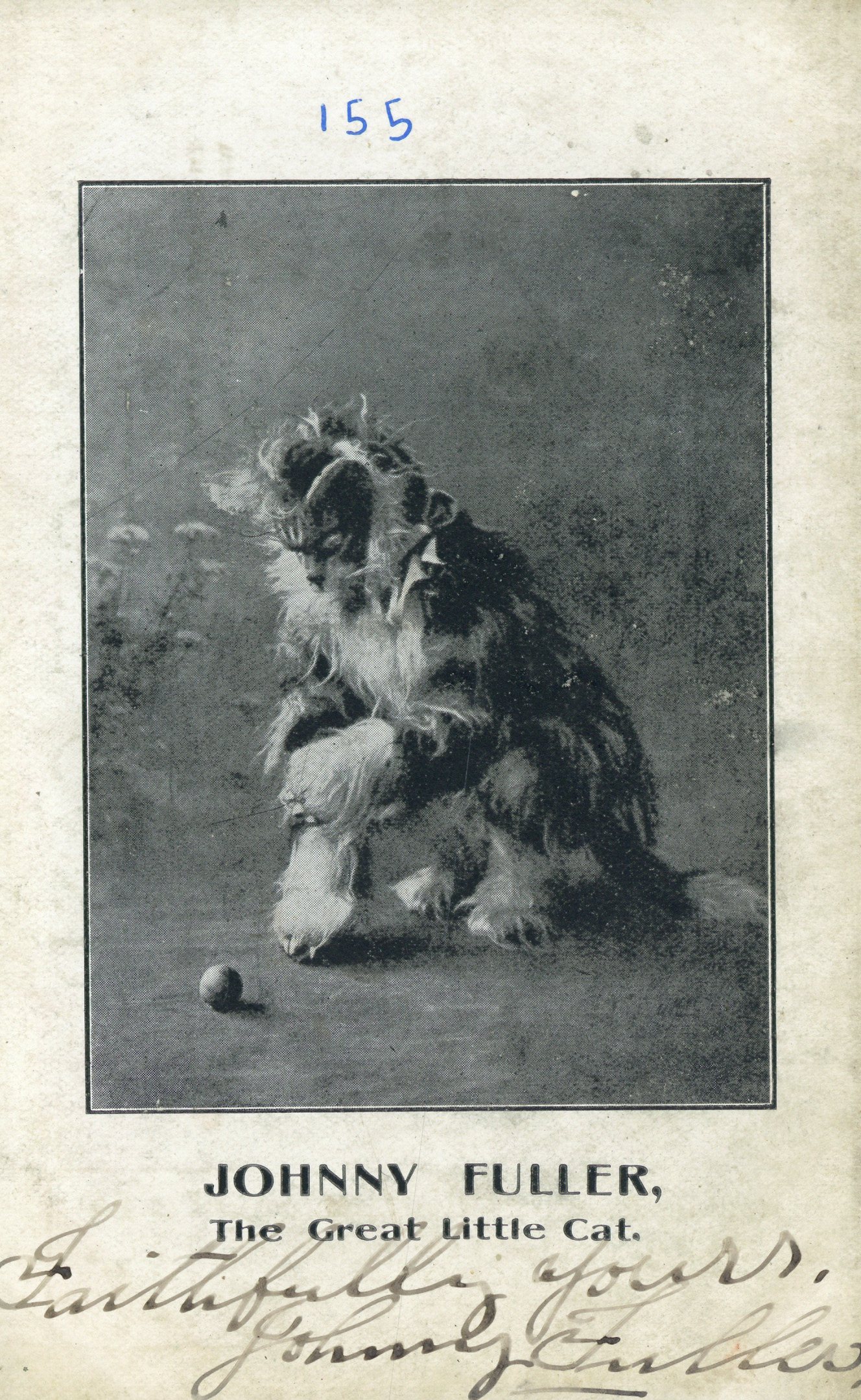
Bernard Hill’s collection of postcards also provides examples of performers pictured out of their character’s costume. An example of this is of Pauline Chase playing the title character in a 1911 touring production of Peter Pan which came to the Theatre Royal. The tour returned in 1912 with Pauline Chase in the same role. Bernard Hill’s collection of postcards includes promotional postcards from both of these years but each presents a contrasting image of Pauline Chase. In the postcard from 1912 she is in costume and in character as Peter Pan with a wooden sword in hand. However, in the postcard from 1911 Chase is presented in contrast to ‘the boy who never grew up’ and is instead wearing a large hat and elegant dress. These examples show how these postcards can portray different perspectives of the performers, either to maintain the impression of the character they are playing, or to highlight the contrast between performer and character, possibly to draw attention to their ability to transform into the role they are playing.
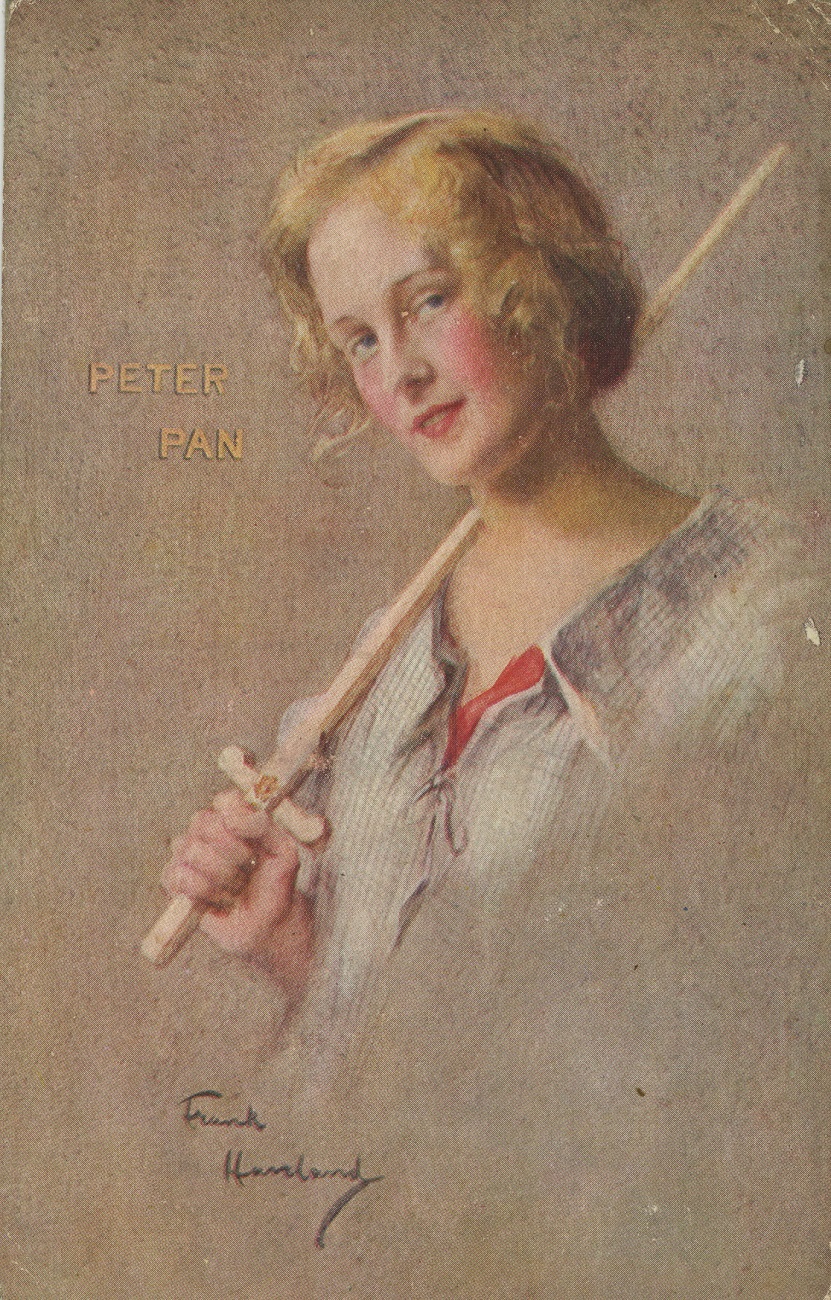
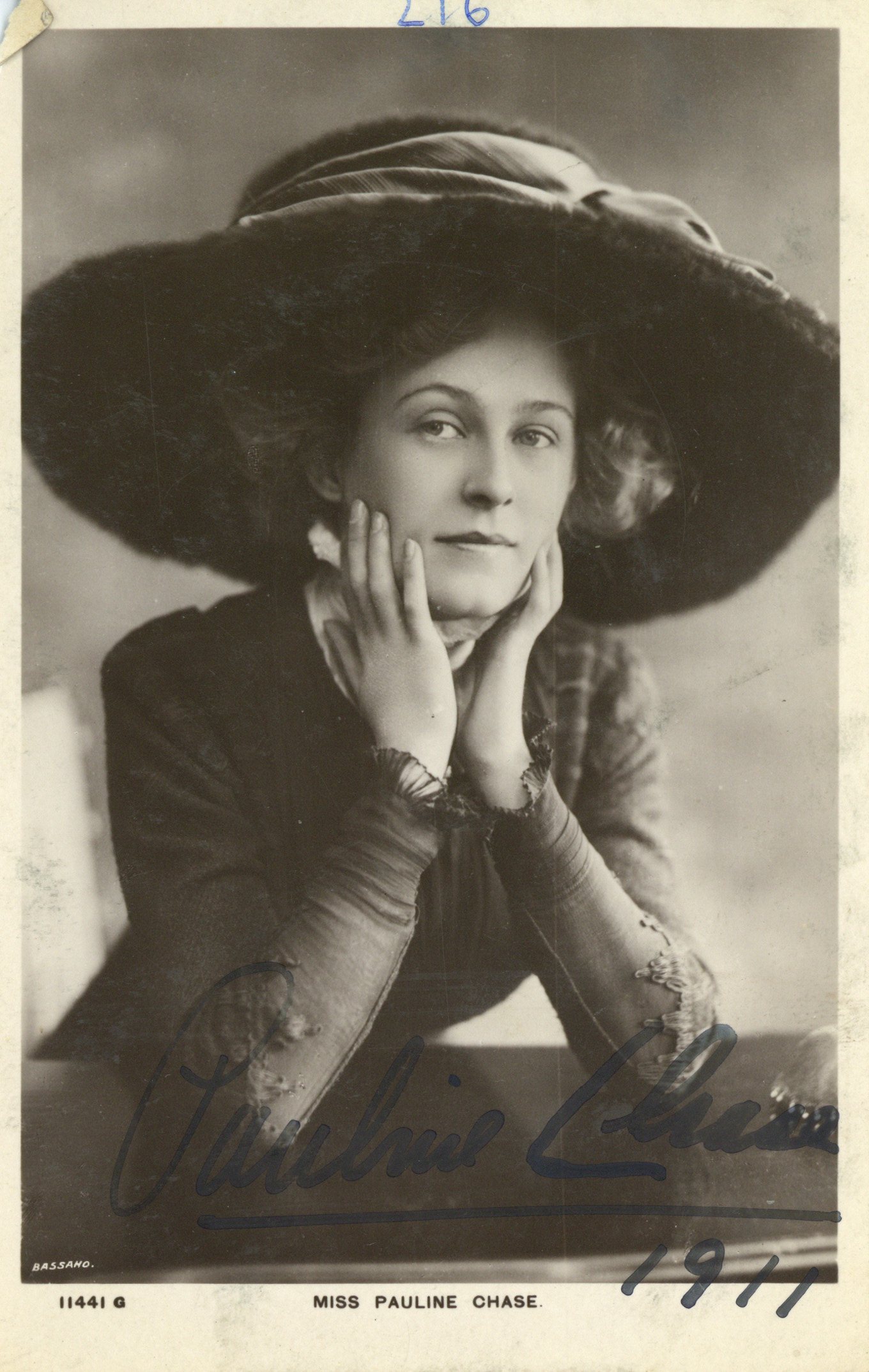
Through including examples of these postcards in the display, the hope is that people will feel a spark of connection to the people and stories they provide a small insight into. The display will also include reference to the online archive, encouraging people to explore the vast collection of materials that are available to view. The display also provides an opportunity to frame the experience of people coming to see shows at the Theatre Royal. Viewing the display before seeing a show gives an insight into all of the people who have been coming to see shows at the Theatre Royal for over 100 years, all connected by the space and the experience of theatre.
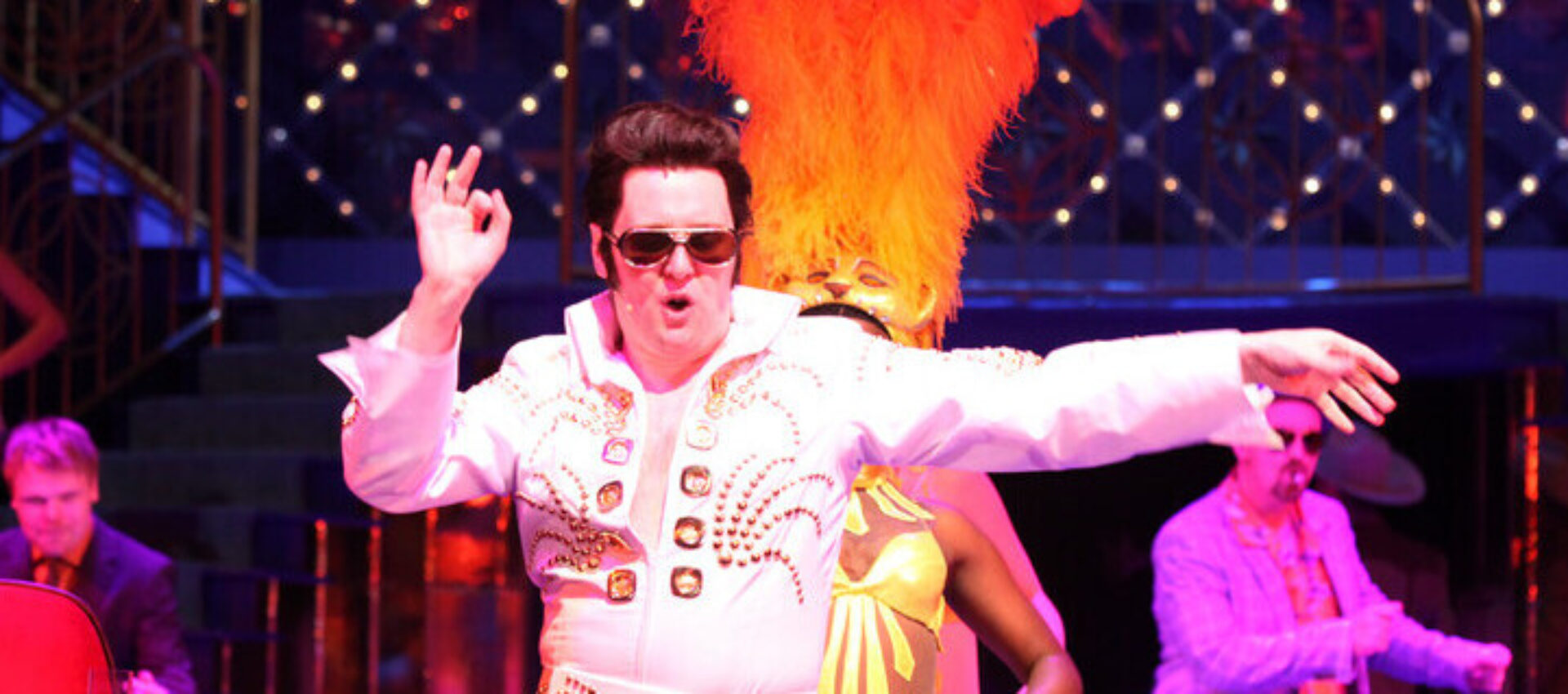
Gallery
What connects our members’ collections? Here we put a spotlight on some of the curious themes that tie us together.
